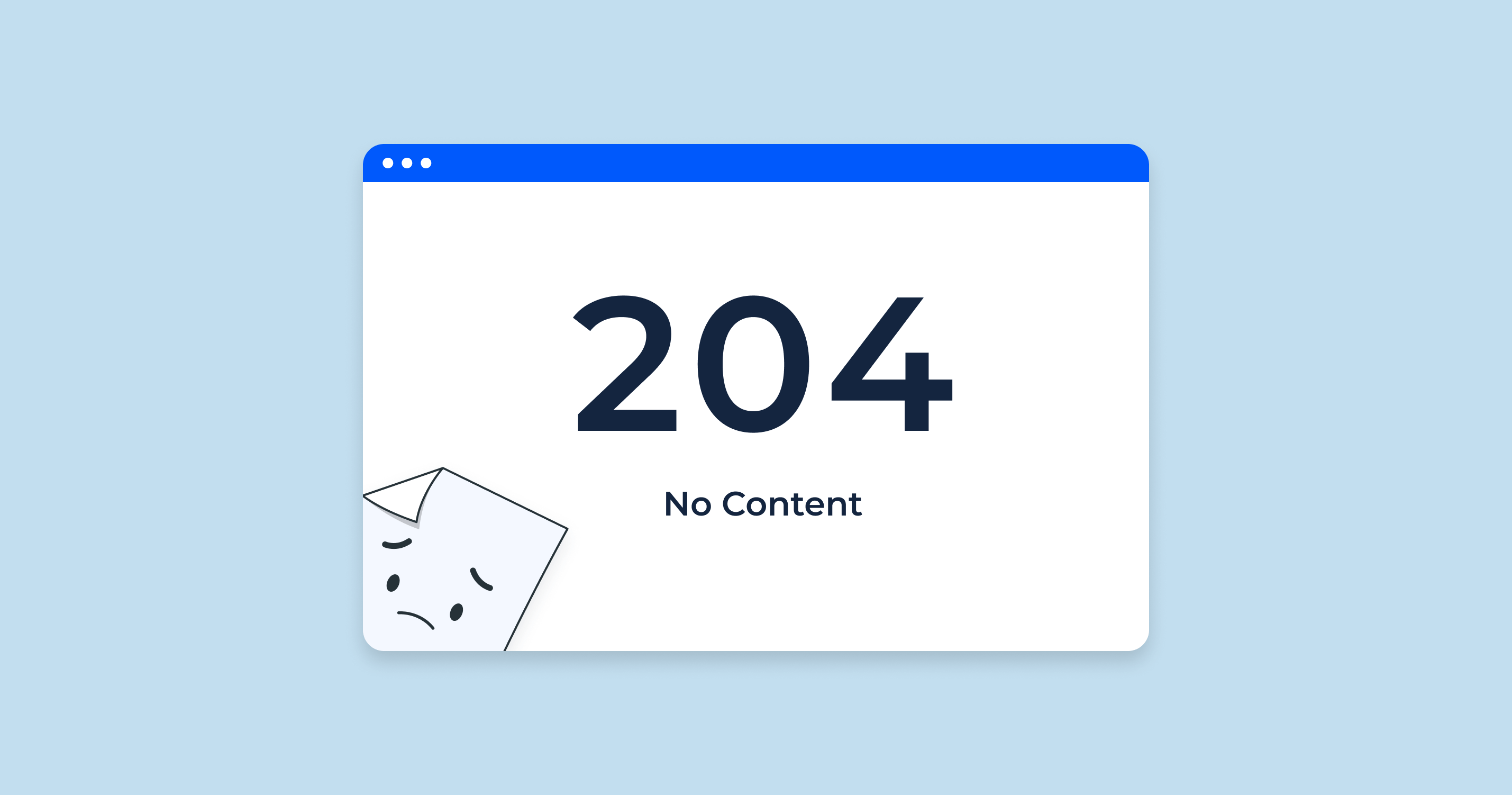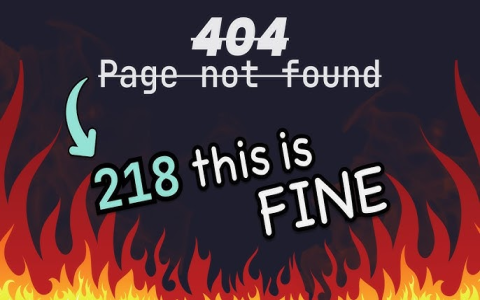So, the other day, I was messing around with some web stuff, you know, the usual. And I stumbled upon this thing called the “204 No Content” HTTP status code. I’d seen the 200 one all the time, which basically means “OK, here’s your stuff,” but 204 was new to me.
I started digging into it, trying to figure out what it was all about. Turns out, 204 is like the server’s way of saying, “Yeah, I got your request, and it’s all good, but I don’t have anything to send back to you.”
Here’s how I actually went about understanding it:

-
The Experiment
-
First, I set up a simple test server. Nothing fancy, just something that could handle basic requests.
-
Then, I sent a request that I knew should result in a 204 response. This was like telling the server, “Hey, do this thing, but don’t expect any new data in return.”
-
When I fired off the request, I watched closely what the server sent back. I saw the “204 No Content” status, just like I expected.
-
Checking the Details
-
I noticed the server’s response had some headers, which are like little notes about the response, but there was no actual content in the body. It was like getting an empty envelope that confirms your letter was received.
-
Realization
-
That’s when it clicked for me. The 204 code isn’t an error. It’s a way for the server to be efficient. It’s saying, “I did what you asked, and there’s no need to update your page or anything.”
-
Caching
-
I also learned that these 204 responses are usually cacheable. That means the browser or any system in between can remember this response, so it doesn’t have to ask the server again for a while.
So yeah, that’s my little adventure with the 204 status code. It was cool to figure out how it works in practice. It’s like a silent thumbs-up from the server, letting you know everything’s good without sending unnecessary data around.


